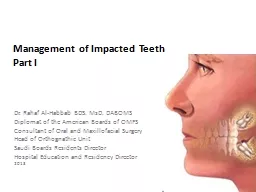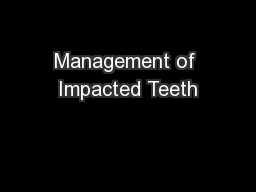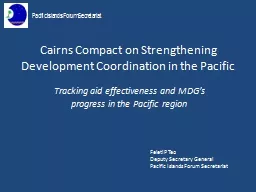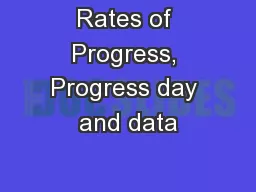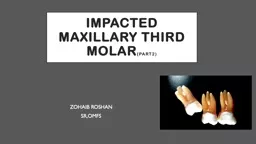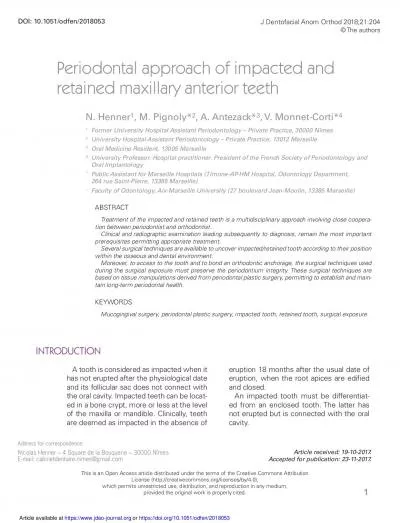PPT-Tracking Students’ Progress of Three Impacted Programs
Author : faustina-dinatale | Published Date : 2017-05-05
Matthew Basinger Research Analyst Nancy Hardy Academic Planning Database Coordinator Jing WangDahlback Director Office of Institutional Research Sacramento State
Presentation Embed Code
Download Presentation
Download Presentation The PPT/PDF document "Tracking Students’ Progress of Three I..." is the property of its rightful owner. Permission is granted to download and print the materials on this website for personal, non-commercial use only, and to display it on your personal computer provided you do not modify the materials and that you retain all copyright notices contained in the materials. By downloading content from our website, you accept the terms of this agreement.
Tracking Students’ Progress of Three Impacted Programs: Transcript
Download Rules Of Document
"Tracking Students’ Progress of Three Impacted Programs"The content belongs to its owner. You may download and print it for personal use, without modification, and keep all copyright notices. By downloading, you agree to these terms.
Related Documents


